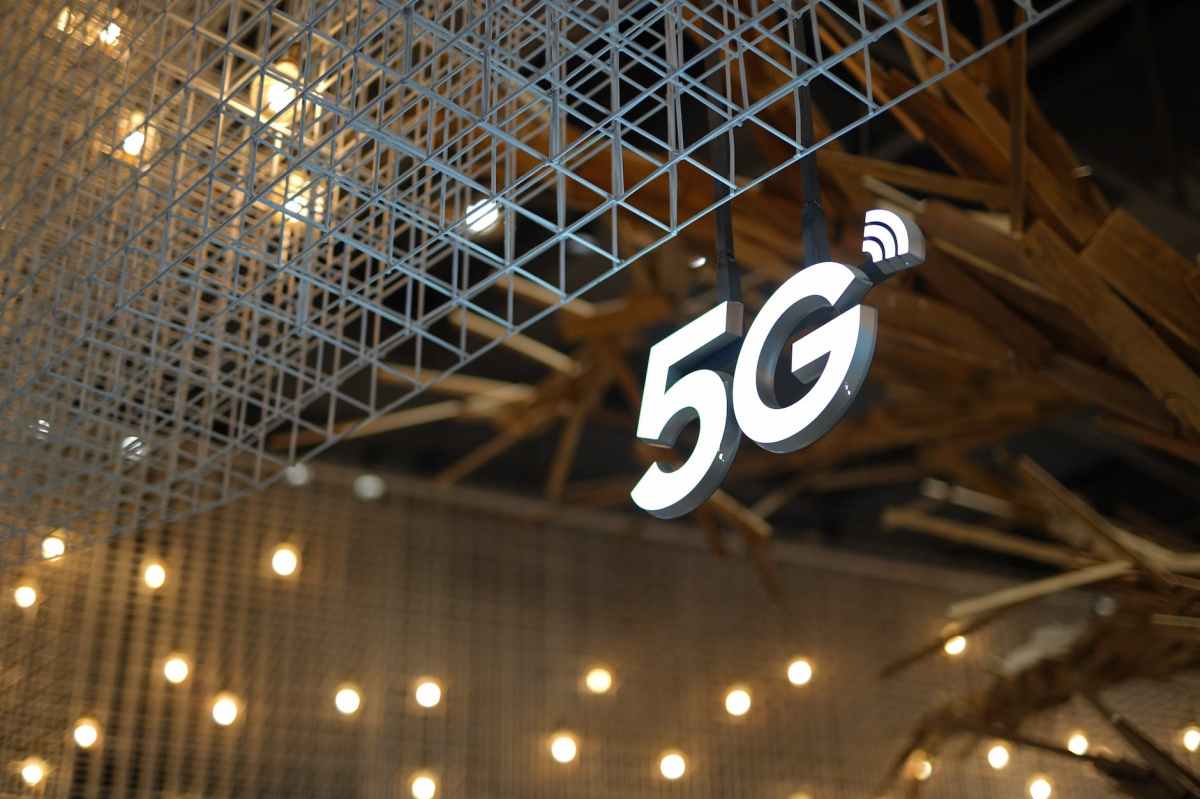The growing trend of more and more connected devices thanks to the Internet of Things (IoT) will continue to increase due to advances in 5G technology.
The increased speed and lower latency will enable autonomous devices to communicate with each other faster and with a high degree of confidence, making decision-making and subsequent actions more efficient.
This increased speed and reliability will lead to greater security and lower costs.
Another advantage of 5G networks over 4G is that, due to faster, lower latency and more reliable connections, new levels of connectivity and device communication will be achieved, a performance that will make it possible to connect a much larger number of devices to the network and allow data transfers over distant distances.
But before we continue, let’s see exactly what these two technologies are and what they are for.
What is IoT and what is it for?
The best way to know what the IoT is is to know what it is for: direct communication between devices has a myriad of uses to streamline, improve and automate processes of different nature in different areas, such as industrial processes, autonomous mobility or digitization of various sectors.
At this point, we meet again with 5G as support for a high-power infrastructure to ensure more secure and stable connections in thousands and thousands of smart devices at the same time.
What is 5G and what is it for?
5G is the fifth generation of mobile network, an improved and enhanced version of the previous generation, 4G; a real disruption by multiplying by a thousand the capacity that infrastructures could offer in 2010.
Until 4G, mobile networks were designed by and for people, although from 2G onwards things began to connect. 4G was the first version that was also developed with IoT in mind, which has different requirements and needs than people.
An example is the NB-IoT, with the focus on device simplicity (and therefore cost) as well as maximizing battery life to bring it to unsuspected limits of more than 10 years.
This is at the cost of speed and latency, but for certain IoT applications speed and latency are not important and simplicity and battery life are. 5G continues to evolve these aspects
As mentioned above, this technology supports the growing number of connected devices in various sectors such as Industry 4.0, telemedicine, education, streaming broadcasts, connected vehicles and smart cities.
Why is 5G important for IoT?
The impact of 5G is going to be very relevant in the volume of devices connected simultaneously in different areas.
At the domestic level, for example, household appliances, security or entertainment systems will help us to have more comfort at home.
The importance of low latency will be particularly noticeable in sectors such as industry or healthcare, and in certain circumstances it may become critical to be able to operate remotely in near real time.
Although 4G has already taken an important step forward, 5G is evolving the network to accommodate an order of magnitude greater number of machines that will be connected to the networks. To put this in context, today, as a general rule, mobile networks have less than one IoT device for every “mobile” person, but this will change very quickly and in a few years there could be two or three IoT devices connected for every “mobile” person.
Some application examples of how 5G and IoT can complement each other
Let’s look at some examples of how 5G development can help IoT.
Connected car
In the case of the connected car, understood as a vehicle with internet access capable of receiving and transmitting data, the boost of 5G and the Internet of Things will serve to increase road safety while reducing costs and pollution.
Due to the ability to anticipate dangerous situations, there are reports that estimate that 11,000 lives can be saved annually by the connected car worldwide, eliminating 260,000 accidents and consequently reducing health problems and even economic losses.
In addition, pollution caused by traffic jams will be reduced as traffic congestion can be prevented and drivers will be able to modify their routes by using alternative routes.
Industry 4.0
Advances in 5G and IoT can enable advances in the industrial field by adapting the task of operators with the work of machines and the data they generate. Some of the positive aspects generated by the union of connectivity and the productive sector are:
- Improved energy efficiency through real-time monitoring of both energy consumption and emissions.
- Improved business profitability by reducing costs and offering an improved service.
- Control of machinery to reduce risks and accidents.
- Improved production quality by minimizing potential human risks and reducing manual handling.
Telemedicine
As we have already mentioned, the fact that with 5G latency is practically zero helps to be able to work remotely in real time, making it possible, for example, to carry out surgical interventions thousands of kilometers away.
With IoT, patients can be monitored remotely, which is especially useful if we are talking about people with chronic diseases or the elderly.
Conclusion
Having an increasing number of connected devices that can also transmit information more quickly will enable different sectors to benefit from advantages in different areas such as safety, sustainability or productivity.







